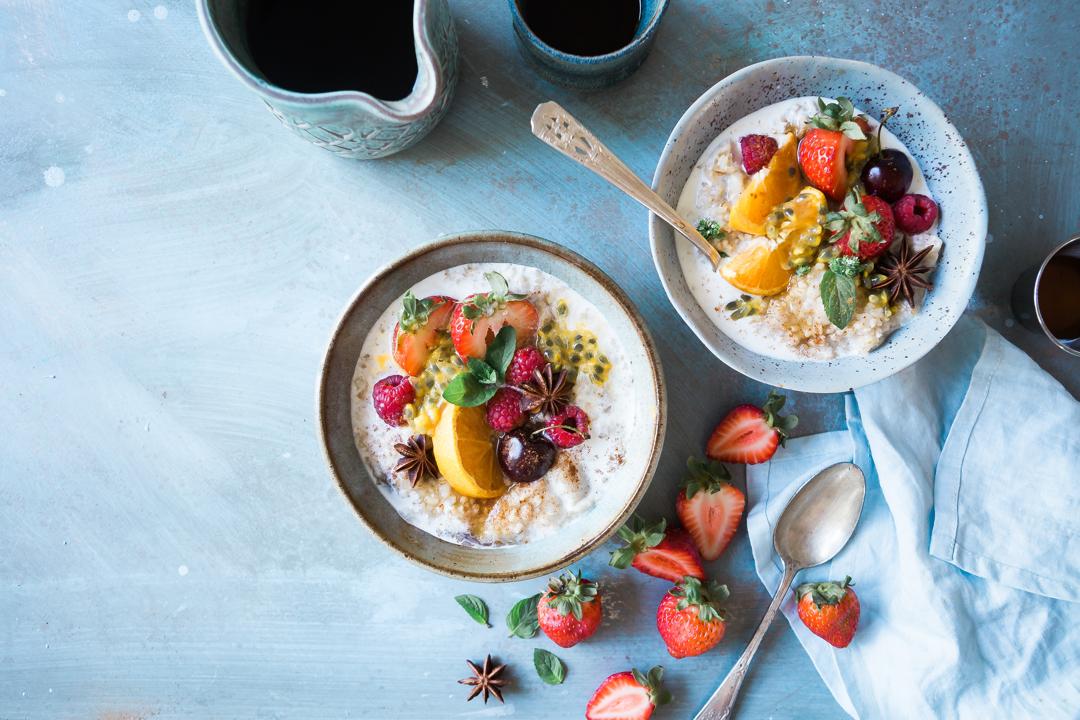The Fasting Break and Gut Health: The Importance of Gut-Friendly Foods
Fasting has gained popularity in recent years as a way to improve overall health and well-being. While fasting can have numerous benefits, it’s essential to pay attention to gut health during the fasting break. In this article, we will explore the importance of incorporating gut-friendly foods into your diet after fasting.
Understanding the Gut Microbiome
The gut microbiome refers to the trillions of bacteria, viruses, and fungi that reside in our digestive tract. These microorganisms play a crucial role in our overall health, including digestion, immune function, and even mental health. Fasting can have both positive and negative effects on the gut microbiome.
During fasting, the gut microbiome experiences a temporary shift in its composition. This shift can lead to a decrease in the diversity and abundance of certain beneficial bacteria. However, studies have shown that fasting can also promote the growth of beneficial bacteria, leading to a healthier gut microbiome in the long run.
To maintain a healthy gut microbiome during the fasting break, it’s important to focus on incorporating gut-friendly foods into your diet.
Choosing Gut-Friendly Foods for the Fasting Break
Gut-friendly foods are those that support the growth of beneficial bacteria and promote a healthy gut environment. Here are some key categories of gut-friendly foods to consider:
-
Fiber-rich foods: Fiber acts as a prebiotic, providing nourishment for beneficial gut bacteria. Include foods such as fruits, vegetables, whole grains, and legumes in your post-fasting meals.
-
Probiotic-rich foods: Probiotics are live bacteria that can help restore and maintain a healthy gut microbiome. Incorporate fermented foods like yogurt, kefir, sauerkraut, and kimchi into your diet.
-
Anti-inflammatory foods: Chronic inflammation in the gut can lead to various health issues. Include foods like fatty fish (salmon, mackerel), leafy greens, turmeric, and ginger, which have anti-inflammatory properties.
-
Nutrient-dense foods: After fasting, it’s important to nourish your body with essential nutrients. Include foods like lean proteins, healthy fats (avocado, nuts), and a variety of colorful fruits and vegetables in your meals.
Meal Ideas and Recipes
Here are some sample meal ideas and recipes that incorporate gut-friendly foods:
- Gut-healing smoothie recipe:
- Ingredients:
- 1 cup spinach
- 1/2 cup plain Greek yogurt
- 1/2 cup mixed berries
- 1 tablespoon chia seeds
- 1 tablespoon almond butter
- 1 cup unsweetened almond milk
- Instructions:
- Blend all the ingredients together until smooth.
- Enjoy as a refreshing and gut-nourishing breakfast or snack.
- Gut-friendly salad recipe:
- Ingredients:
- 2 cups mixed greens
- 1/2 cup sliced cucumber
- 1/2 cup cherry tomatoes
- 1/4 cup sliced almonds
- 2 tablespoons olive oil
- 1 tablespoon apple cider vinegar
- Instructions:
- Toss all the ingredients together in a bowl.
- Drizzle with olive oil and apple cider vinegar.
- Serve as a light and nutritious lunch or dinner.
- Gut-nourishing soup recipe:
- Ingredients:
- 1 tablespoon olive oil
- 1 onion, chopped
- 2 cloves garlic, minced
- 2 carrots, chopped
- 2 celery stalks, chopped
- 4 cups vegetable broth
- 1 cup cooked quinoa
- 1 cup chopped kale
- Salt and pepper to taste
- Instructions:
- Heat olive oil in a pot over medium heat.
- Add onion, garlic, carrots, and celery. Cook until vegetables are tender.
- Add vegetable broth, quinoa, and kale. Simmer for 10-15 minutes.
- Season with salt and pepper.
- Enjoy a comforting and gut-nourishing soup.
Tips for Incorporating Gut-Friendly Foods into the Fasting Break
To make the most of your fasting break and support your gut health, consider the following tips:
-
Gradual reintroduction of foods: After fasting, introduce foods slowly and listen to your body’s response. This can help identify any potential sensitivities or intolerances.
-
Mindful eating: Pay attention to your body’s hunger and fullness cues. Eat slowly and savor each bite. This can promote better digestion and nutrient absorption.
-
Experimentation: Don’t be afraid to try new gut-friendly foods and recipes. Variety is key to maintaining a diverse gut microbiome.
Conclusion
Incorporating gut-friendly foods into your diet after fasting is essential for supporting gut health and overall well-being. By focusing on fiber-rich foods, probiotics, anti-inflammatory foods, and nutrient-dense options, you can nourish your gut microbiome and promote optimal digestive function. Remember to consult with a qualified health professional for personalized advice and guidance.
References:
